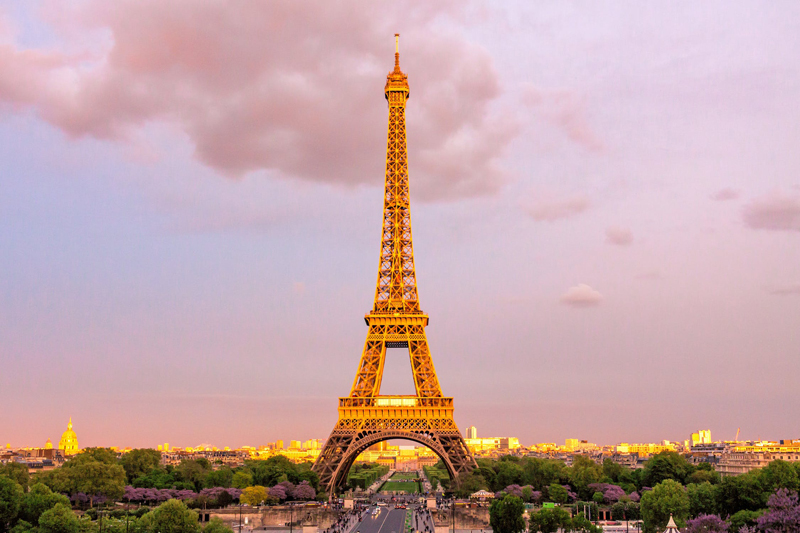Jazz in Juan - Evolution in Jazz Paradise

 For some it’s the festival that puts Antibes on the map, a place they know from an album cover like “Dizzy Gillespie live in Antibes,” a friend of mine’s favorite. Newport was the first festival dedicated to jazz and Jazz à Juan
For some it’s the festival that puts Antibes on the map, a place they know from an album cover like “Dizzy Gillespie live in Antibes,” a friend of mine’s favorite. Newport was the first festival dedicated to jazz and Jazz à Juan In its pine forest venue, la Pinede, the festival unfolds in July beneath umbrella shaped trees that mimic the beach parasols they share oceanfront with. Sitting in the risers with the Mediterranean as a backdrop, dot-to-dot city lights detail the curves of the coast all the way to Cannes where fireworks glitter on odd nights. “Shhh! Can you hear that?” we were asked during Manu Katche’s performance. And on demand lapping of the waves filled the silence. “It’s the tempo.”
This year, the 51st annual festival was a tribute to Miles Davis who was enamoured with Juan les Pins from the beginning. African American artists found playing in France where they welcomed as warmly as their white counterparts a liberating escape from times plagued by racism in the United States.
The crowd ranged from parents bouncing children atop their shoulders, to gilded vacationers between days at the beach, to older couples with masks of wrinkles who’d nod off when sets lingered on, the demographic changing with the genre.
There were different classes of musicians: legends like Herbie Hancock and Santana with lists of the years they’d played the festival like notches in their belts, popular acts like Ben l’Unkle Soul that stir a crowd, and up and comers that often mention either (a)how proud they are to be playing, (b)refer to Juan les Pins as paradise or (c)both of the aforementioned choices.
As tempting as it is to pass the night in the presence of a legend, sometimes you’re better fed by a newcomer’s enthusiasm. The closest thing the crowd got to a raise in pulse from BB King was an arm extention (a gesture that resembled pushing a shopping cart), while Jamie Cullum warmed up by leaping off his piano between Sinatra-like croons.
I tried on every possible perspective in the audience over the course of the ten-day festival and found that while it is nice to be close to the artists in the floor level seats, the best views are in the grandstands where you can take everything in. But even the standing room on the wings has a charm of its own when the crowd isn’t too thick.
The book "50 Ans de Jazz" by Renaud Dumenil tells the story of the festival’s beginnings and follows it to present day, every step documented by black and white photographs. The street outside a Count Basie concert was described as being “invaded by jazz proletarians, stacked on cars and sidewalks.” On the other side of the fence within earshot they still linger, on park benches and stepladders absorbing the ripples and reverberations that escape. The idea that ”music can’t be bought, it belongs to those who know how to listen to it,” ever present today.
To the purist’s discontent the definition of jazz has expanded well beyond Blue Noters to include nearly every other genre of music. From the wings I heard an older man grumble, “C’est fini le jazz?” when the music took a turn toward rock. Sometimes I feel the same way, but jazz never quit evolving. Once the bebop rebel’s soundtrack, the same chaotic symphonies now draw reposed aficionados whose backsides never leave the safety of their seats. And when rock or soul is spilling out into the night and everyone is on their toes that is the evolution of this form of art.



